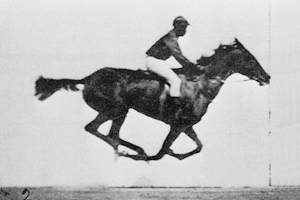| The United Nations Convention on the Rights of the Child |
Today's class gave a teacher's-size view of the issue of child abuse. I'm sure most of us in the cohort thought about people we know, or have known, who were victims of abuse, and many may also know people who have abused children. Thinking about the situations of the children listed under the different categories of abuse was really effective for my thinking about my own role as a teacher.
I think adopting a child with a complex history has opened up my perspective on the range of experiences, good and bad, that can make up the early life of kids. My daughter's experience was pretty benign, but in various settings I have learned of really traumatic events in the lives of children I have known. As sad as their stories are, it is amazing to see kids' resilience, too. Some kids who lived their early lives in deprivation take off like rockets once they get what they need, and our adoption medicine pediatrician says that some of the physical growth of kids who have been adopted has disproved what doctors previously thought were firm biological limits.
I love what she said to me about six months after we brought our daughter home: "LOOK at her growth chart, IT'S GORGEOUS!"

